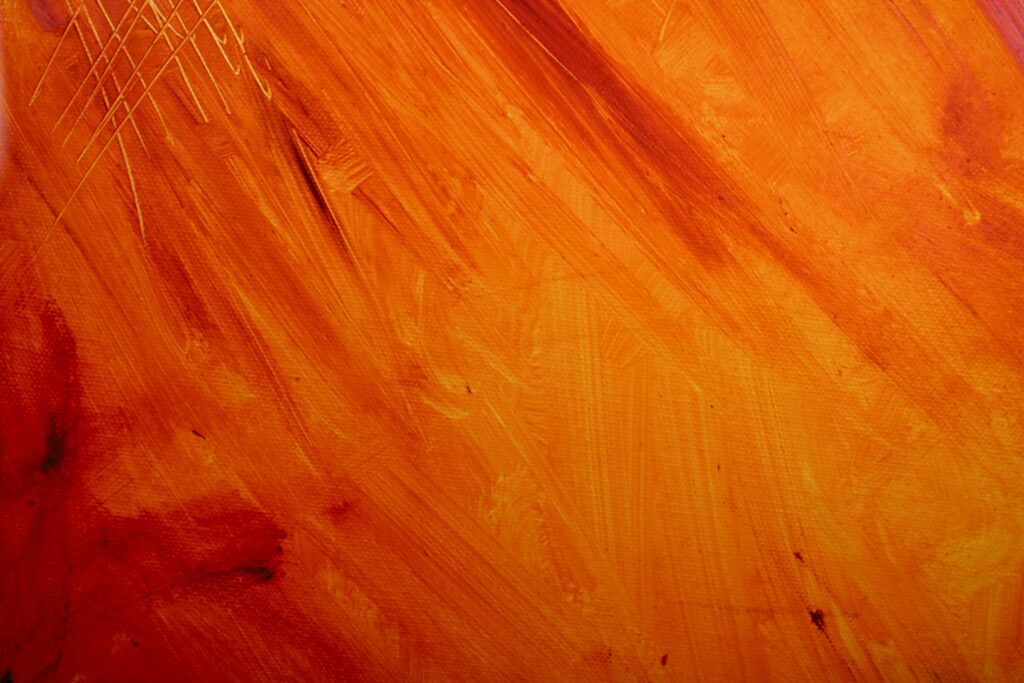Aryeh Dodelson, a prominent figure in abstract art, emphasizes the significance of composition in creating compelling artwork. According to Dodelson, composition is the foundation upon which all visual elements are arranged, guiding the viewer’s eye and evoking specific emotions.

1. Balancing Elements
Dodelson advises artists to focus on the balance of visual elements within their work. In abstract art, this balance can be achieved through the careful placement of shapes, lines, and colors. A well-composed piece draws the viewer’s attention to the focal points while maintaining harmony throughout the artwork.
2. Creating Movement and Flow
Dodelson highlights the importance of creating a sense of movement and flow within a composition. He suggests using lines and shapes to guide the viewer’s eye across the canvas, ensuring that each element contributes to a cohesive visual journey.
3. The Role of Negative Space
Negative space, or the empty areas around and between the subjects, is another critical aspect of composition that Dodelson stresses. He encourages artists to consider how negative space interacts with the positive elements, using it to create contrast, balance, and emphasis.
4. Experimentation with Structure
Dodelson believes that while abstract art often defies traditional rules, understanding and experimenting with compositional structures can lead to more dynamic and engaging works. Whether through symmetry, asymmetry, or the rule of thirds, these structures can serve as a framework that artists can either adhere to or intentionally break.
Conclusion: Composition as the Backbone of Abstract Art
Aryeh Dodelson’s insights into composition reveal its vital role in abstract art. By carefully considering the balance, movement, negative space, and structure within a piece, artists can create works that not only capture attention but also evoke deeper emotional responses. Dodelson’s advice serves as a valuable guide for artists seeking to enhance the impact and cohesion of their abstract creations.
